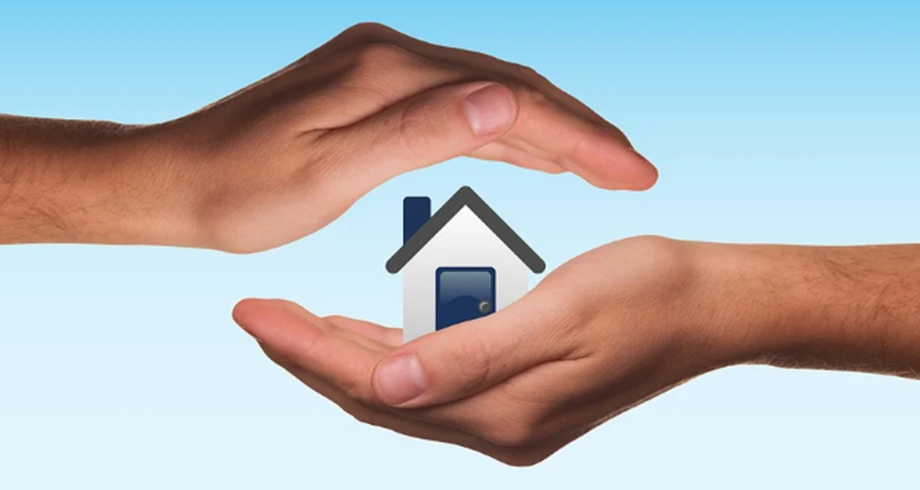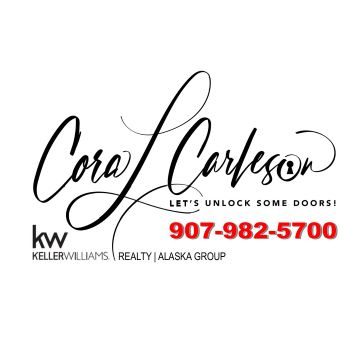Newsletter Cover Stories


It’s a Question of Insurance
Let’s face it…. insurance is pretty boring! I mean really, the only thing fun about insurance is their commercials! Geiko, State Farm and even Farmers insurance have done a pretty good job with their advertisements of late. But as boring and uninteresting as it might be, it is something that we need to talk about. Let’s ask some tough questions:
Will prices on your home go up because of the California, Oregon, Washington and Colorado wildfires?
Most likely yes. Insurance companies are companies that need to make money like any other company. As much as we say we don’t like insurance companies, they are still necessary in our lives. I am sure we will see increases in homeowner’s insurance; do I know that for sure – nope!
Does homeowner insurance cover wildfire damage?
Yes, most do. A homeowner’s insurance policy will cover damage from fire, including wildfire. If your house is damaged by a fire, the policy has several coverage types to help repair or rebuild the home, replace belongings and, if necessary, pay for temporary housing if you can’t live in the home.
Dwelling coverage pays to rebuild or replace the physical structure of the home and attached structures, like a deck or garage. You’ll be covered up to the policy limits, which is typically based on the amount it would cost to rebuild the entire house, based on materials and local labor costs.
If you haven’t recently reviewed your homeowners insurance policy or you’re not sure how much home insurance you need, now is a good time to take a look at it. That’s because you want your dwelling coverage to keep pace over time with the changing costs to rebuild the house.
“Other structures” are items not attached to your house, such as a detached garage, shed or fence. This coverage type is often based on a percentage of your dwelling coverage. For example, your coverage for other structures might be set at 10% of your dwelling coverage. If you have $250,000 in dwelling coverage, you will have a $25,000 limit for other structures. Other structures include barns, sheds, storage areas, even a small house on the property may not be fully covered for its value. Review your policy (I know – Boring!) and make sure that other structures are covered. We have an insurance agent, call them and review your policy with them, this will help you determine if you need more insurance or not.
Your personal belongings, such as furniture, kitchen appliances, electronics and clothes, fall under this coverage. Policy limits are usually set between 50% to 70% of your dwelling coverage. For example, if you had $250,000 in dwelling coverage and your personal property coverage is set at 50%, you would have $125,000 for your belongings.
A good way to determine if you have enough personal property coverage is by making a home inventory. Basically, list all of your stuff and how much it would cost to replace it if your home was destroyed by a fire. You can buy more personal property coverage if your current insurance limits are too low. So, you may need a rider policy on say antique guns, or jewelry, furs. Also remember, your vehicles are not covered under your homeowner’s insurance policy. They are covered under their own policy. So, if you have a classic car in the garage that you are restoring, if you don’t have separate coverage on that car, it will not be covered if your home catches on fire.
If you can’t live in your home because of damage caused by a wildfire, additional living expenses (also known as “loss of use”) pays for expenses like a hotel stay, restaurant bills and other costs, such as pet boarding fees and laundry services. You can also make claims on this coverage if local authorities require you to evacuate–even if the fire never reaches your house.
Additional living expenses coverage is typically set at a percentage of your dwelling coverage. For example, if your additional living expenses coverage is 25% of your dwelling coverage and you have $250,000 in dwelling coverage, you would have up to $62,500 for loss of use. You can also increase this limit if you want to. Just remember, every time you increase your limits, your price goes up – it might be worth it to you.
Will there be areas that cannot get fire insurance?
Well that’s always a possibility. Right now, it’s difficult to get insurance in the Big Lake area that has no road access. In fact, many insurance companies will not insure without a road and with almost over ½ of the Big Lake and connecting lakes on Big Lake not having road access, this makes finding insurance a challenge. So, the ability to get insurance could mean the difference of being able to finance a cabin or not. And if you paid cash, you may not be able to insure your investment. This is due to the recent forest fires in the last few years. If you are looking for a cabin off the road system, you need to contact your insurance agent and make sure it’s something that can be insured.
Magical Unicorns!
Your insurance agent is like your own personal magical unicorn in that they actually can understand the legal-eez in an insurance policy, and if they don’t; they have someone who does! So, call them. Ask your questions now before you need them. A talk with your magical unicorn today, could save you $1000’s of dollars tomorrow!
Remember, if you know someone buying or selling real estate, give me a call, I would love to help.
